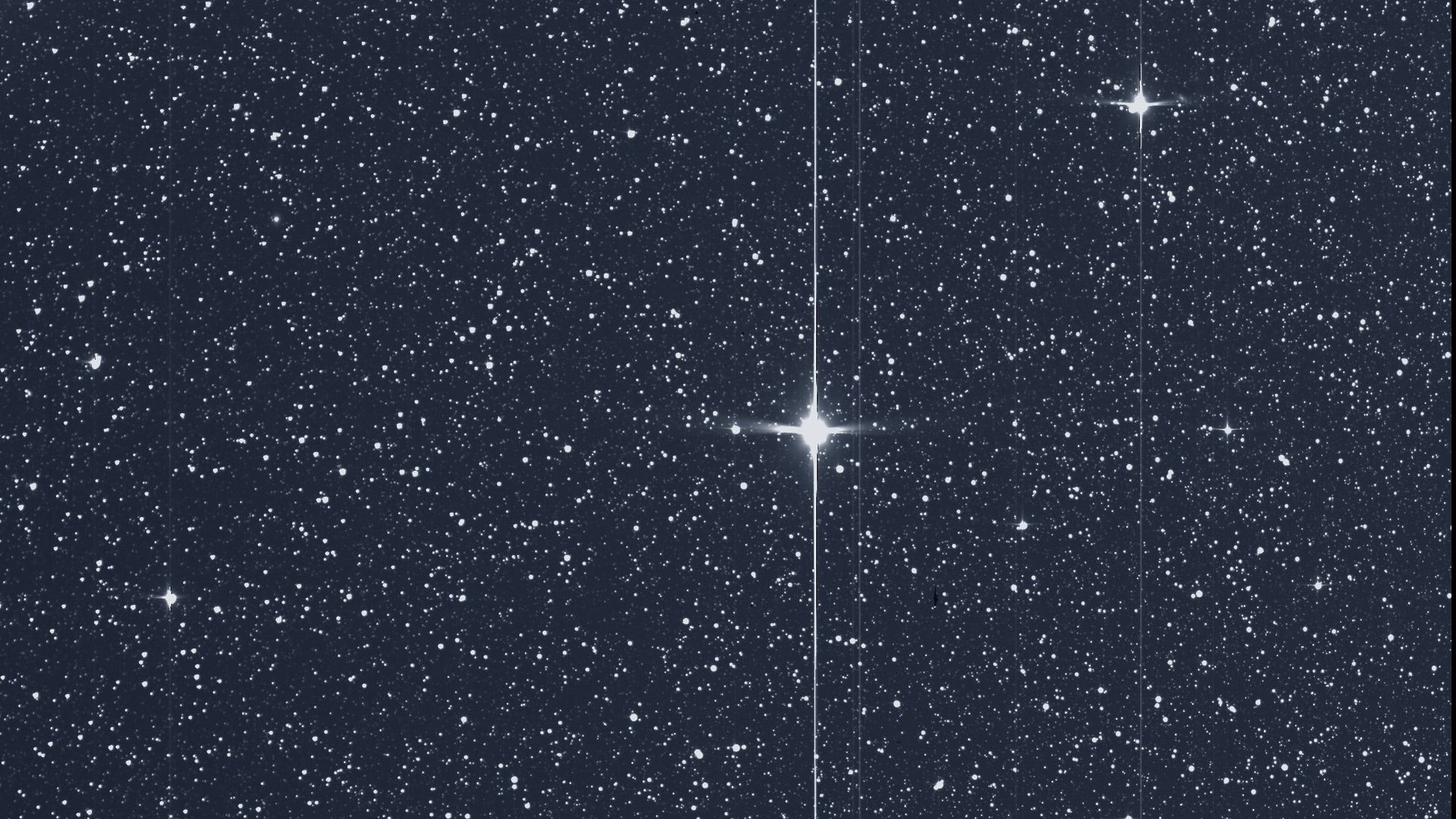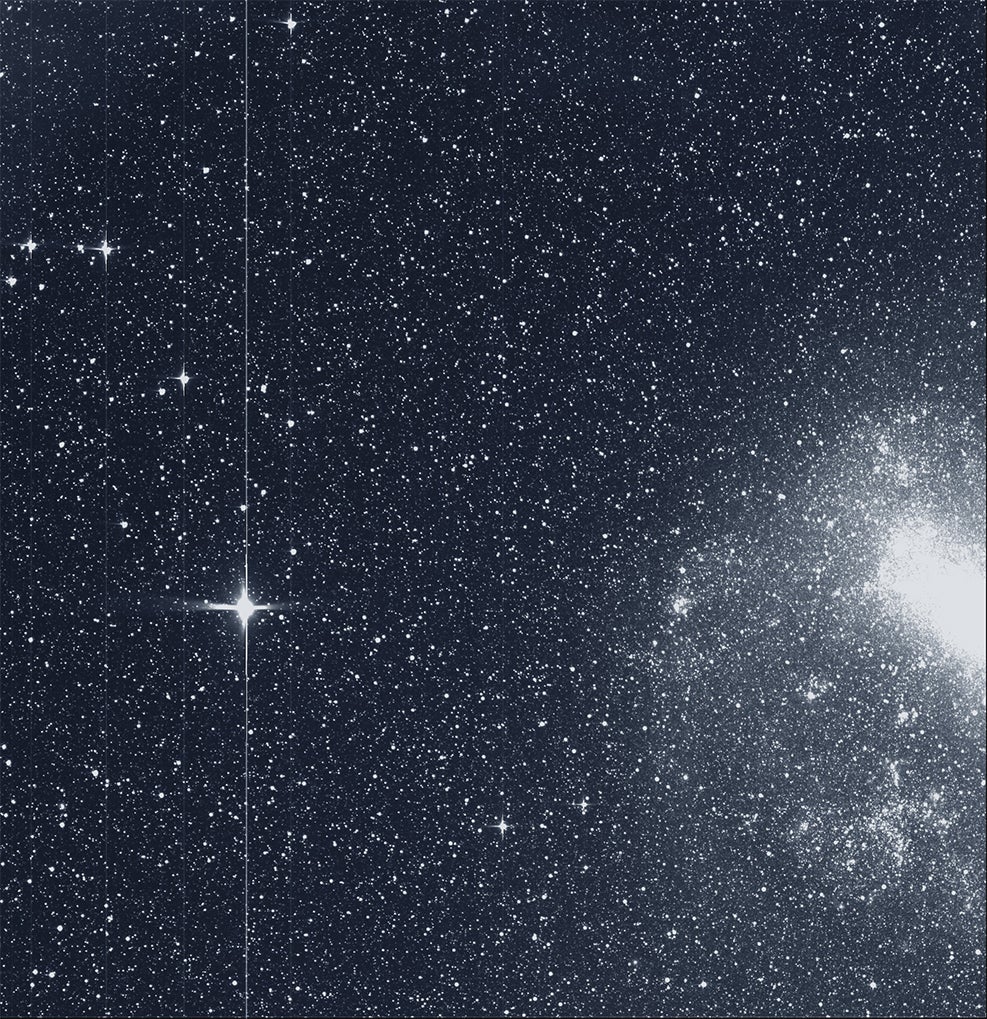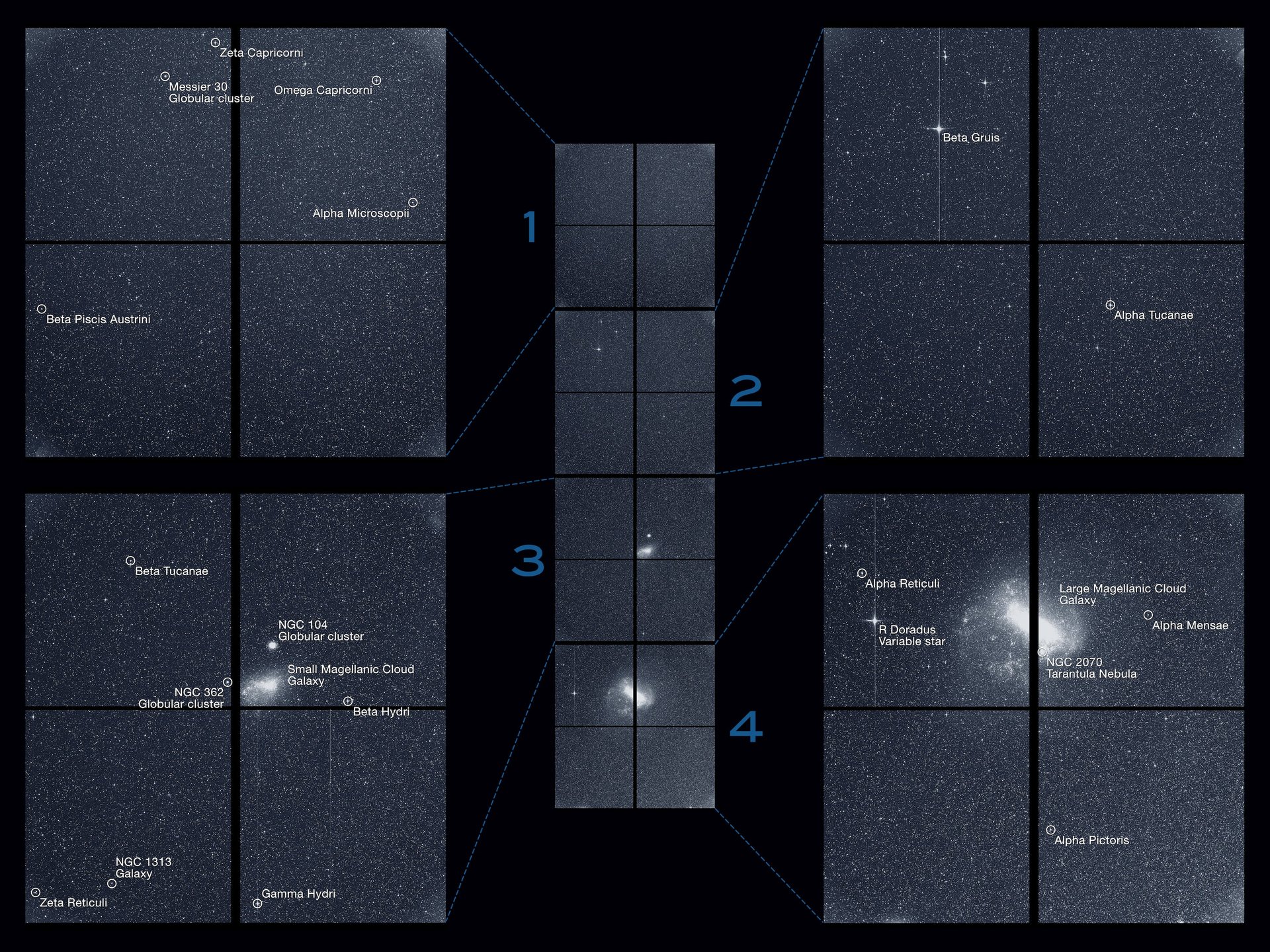See the first images snapped by NASA’s observatory hunting alien planets
A satellite observatory launched into space in April has returned its first images of distant galaxies, a promising sign as it begins a search for planets beyond the solar system.


A satellite observatory launched into space in April has returned its first images of distant galaxies, a promising sign as it begins a search for planets beyond the solar system.
Consider this incredible shot of the Large Magellanic Cloud (right) and the bright star R Doradus (left):

The mission, called TESS, for Transiting Exoplanet Survey Satellite, and operated by scientists at the Massachusetts Institute of Technology, will use all those stars to find distant planets.
Astronomers have used stars to help them spotlight planets since at least 1639, when Englishman Jeremiah Horrocks was able to predict and observe the planet Venus moving between the earth and the sun. The “transit of Venus” became critical data for 18th century astronomers, and the work of their descendants proceeds along similar principles. The four cameras on TESS will track distant stars to see if they briefly dim while unknown planets pass in front of them, adding to our catalog of astronomical bodies.
The picture above is just one of twelve images collected during the satellite’s first observations. Here’s the full set, with some notable stars labeled by the astronomers:

In the next two years, it will monitor 26 sectors of the sky like that for 27 days each, mapping about 85% of the sky. Every two weeks, it will swing close enough to earth to transmit its data back to the scientists, before its orbit takes it back out for an unimpeded view of the universe. The stars it is focused on are 30 to 300 light years from earth; the closest star to earth, Alpha Centauri, is 4.4 light years away.
The scientists hope to identify thousands of planets, and perhaps of most interest, 50 rocky planets with characteristics similar to the earth. Once found, more detailed investigations can be made of these distant planets to understand what they are like.